List The Stage Of Manufacture Of cement
2019-03-03T14:03:07+00:00

List The Stage Of Manufacture Of cement
List The Stage Of Manufacture Of cement Cement manufacturing process: Stepbystep guide CCE l Jul 20, 2020 The first step of Cement manufacturing process is to quarry the principal raw materials, mainly limestone, clay, and other materials Step 2: Crushing After quCement manufacturers in North America additional information In construction today, cement is an important building material, mostly used for the production of concrete Cement can be characterized as either hydraulic or nonhydraulic, based on the ability of the cement to set in the presence of waterList The Stage Of Manufacture Of Cement Cement is the basic ingredient of construction and the most widely used construction material It is a very critical ingredient, because only cement has the Cement Manufacturing Process Phases Flow Chart

Manufacture of Portland Cement Materials and Process
The mixing procedure of the manufacture of cement is done in 2 methods, Dry process; Wet process; a) Dry Process The both calcareous and argillaceous raw materials are firstly crushed in the gyratory crushers to get 25cm size pieces separately Following is the procedure of manufacture of cement by the dry process using modern technology: (a) Most of the cement factories are located very close to the limestone quarries The boulders upto 12 m size are transported in huge dumpers upto 300 kN capacity and dumped into the hopper of the crusherCement Manufacturing Process: How the Cement is At the first stage in the production of cement, limestone and clay are crushed to form a powder This powder is then mixed before it passes into a rotating heater After heating, the resulting mixture is ground, and cement is produced Finally, the cement is【雅思小作文】Process diagram answer
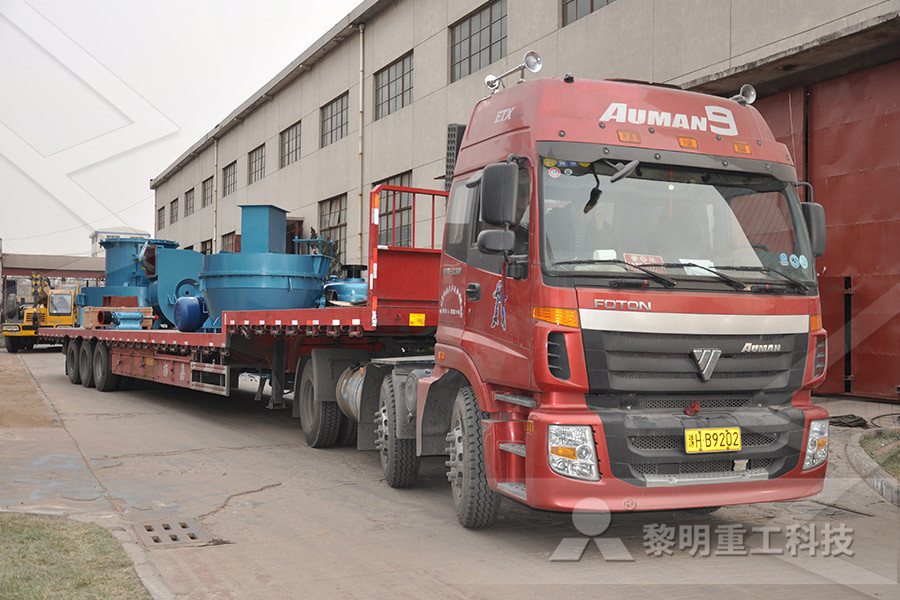
cement Definition, Composition, Manufacture,
Cement, in general, adhesive substances of all kinds, but, in a narrower sense, the binding materials used in building and civil engineering construction Cements of this kind are finely ground powders that, when mixed with water, set to a hard massSetting and hardening result from hydration, which is a chemical combination of the cement To manufacture a cement of stipulated compound composition, it becomes absolutely necessary to closely control the oxide composition of the raw materials SO3 also appear in cement analysis which comes from adding gypsum (46) % during clinker gridding The Iraqi and British specification for normal high rapid Portland cement pointed thatChemical Composition of Cement13 行 Types of cement Cement is a binding material used to bind Types of Cement and their Uses (12 Types) – Civilology

List The Stage Of Manufacture Of cement
List The Stage Of Manufacture Of cement Cement manufacturing process: Stepbystep guide CCE l Jul 20, 2020 The first step of Cement manufacturing process is to quarry the principal raw materials, mainly limestone, clay, and other materials Step 2: Crushing After qu Cement is the basic ingredient of construction and the most widely used construction material It is a very critical ingredient, because only cement has the ability of enhancing viscosity of concrete which in returns provides the better locking of sand and gravels together in a concrete mixCement Manufacturing Process Phases Flow Chart The Cement Manufacturing Process India is the secondlargest producer of cement in the world producing 502 million tonnes of cement per year There are 210 large cement plants producing 410 million tonnes of cement every year and 350 mini cement plants producing 92 million tonnes of cement The Cement Manufacturing Process CMA India
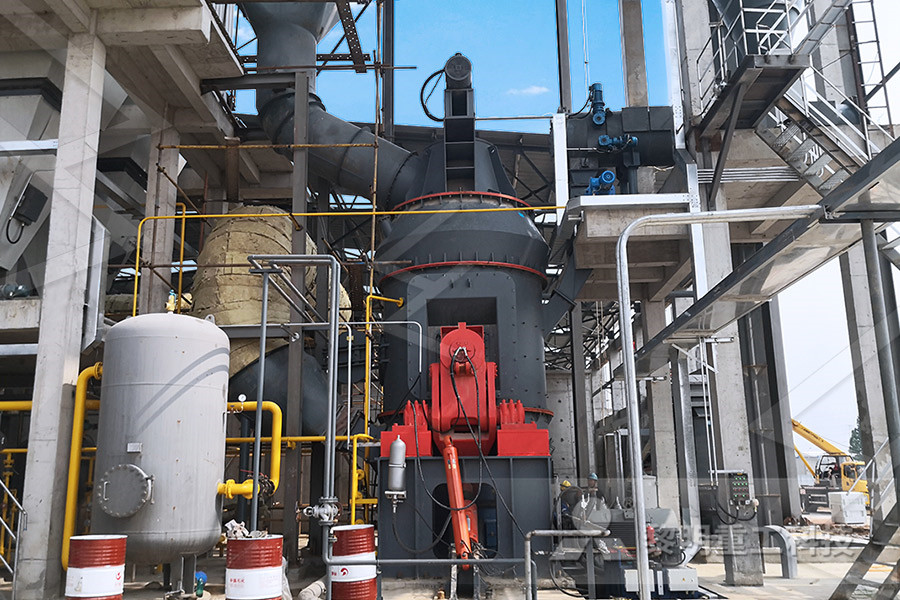
Manufacturing process Lafarge Cement, concrete
Cement manufacturing is the source of 5% of global CO2 emissions The cement industry is a natural producer of CO2: 60% of emissions are due to the transformation of raw materials at high temperatures (the "decarbonation" of limestone) 40% result from the combustion required to heat the cement kilns to 1500° Mixing, molding, curing and cubing are the four basic processes involved in the manufacture of cement Stage 1 Mixing: Sand and gravel are kept outside in piles and are transferred into storage bins in the plant by a conveyor belt as it is necessary The portland cement is stored and kept outside in large vertical silos to protect it from Manufacturing process of Concrete bricks How are Cement manufacturing: components of a cement plant This page and the linked pages below summarize the cement manufacturing process from the perspective of the individual components of a cement plant the kiln, the cement mill etc For information on materials, including reactions in the kiln, see the ' Clinker ' Cement manufacturing components of a cement plant
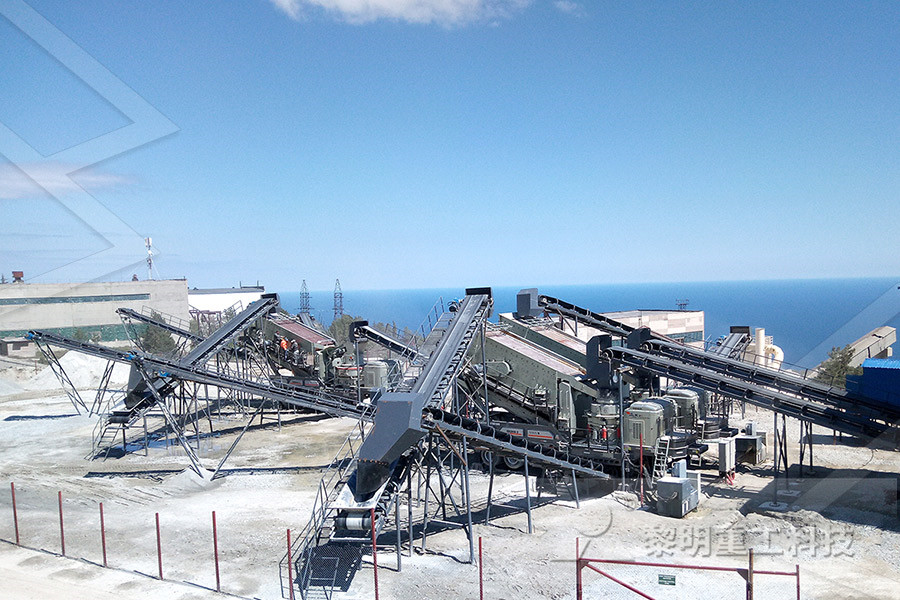
are different processes manufacture cement
Cement is one of the most important material on construction site Cement is use for most of the major work on site from substructure stage to finishing stage Below are the list of different types of cement and there uses [1] Acid Resistance Cement This is consists of acid resistance aggregates such as quartz, quartzite's, [] Get priceIn the calcination stage, the cement kiln used by the wet process is longer in comparison to the dry process, and there is no preheater and precalciner in front of the kiln The temperature in cement kiln can reach 14001500℃, slurry in it is heated and dried and finally forming the clinker compounds, namely Dicalcium Silicate, Tricalcium Wet Process of Cement Manufacturing Cement Wet Cement Cement Extraction and processing: Raw materials employed in the manufacture of cement are extracted by quarrying in the case of hard rocks such as limestones, slates, and some shales, with the aid of blasting when necessary Some deposits are mined by underground methods Softer rocks such as chalk and clay can be dug directly by excavatorsCement Extraction and processing Britannica
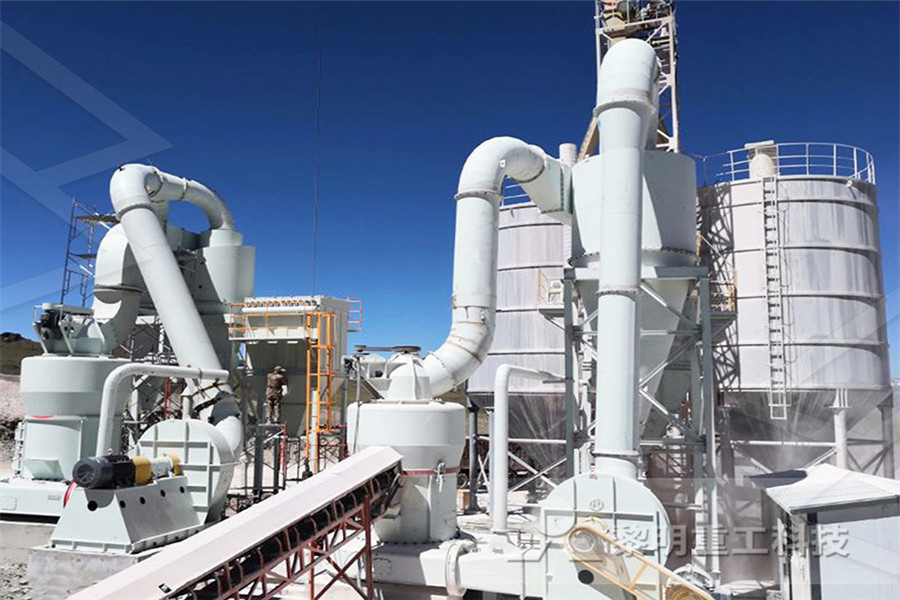
the List Wilson’s Hydraulic Lime and Cement
Extent of List Entry Extent includes the land described as Secs 12 SO (RTs , NZ Gazette 2008, p363), Lot 4 DP (RT NA131A/962), Lot 4 DP (NA94B/901), Lot 3 DP 54387 (NZ Gazette 1995, p1788) and Allots 373374 Parish of Mahurangi (Sec 62 Conservation Act 1987), North Auckland Land District, and the buildings and structures known as Wilson’s Hydraulic Lime Mixing, molding, curing and cubing are the four basic processes involved in the manufacture of cement Stage 1 Mixing: Sand and gravel are kept outside in piles and are transferred into storage bins in the plant by a conveyor belt as it is necessary The portland cement is stored and kept outside in large vertical silos to protect it from Manufacturing process of Concrete bricks How are Cement manufacturing is a twostage process Materials such as limestone that contain calcium oxide are mixed with silica and alumina materials such as sand, shale or clay The raw materials are usually dried and ground, and then the mixture is heated in a rotary kiln to form clinkerCement Manufacturing American Foundry Society
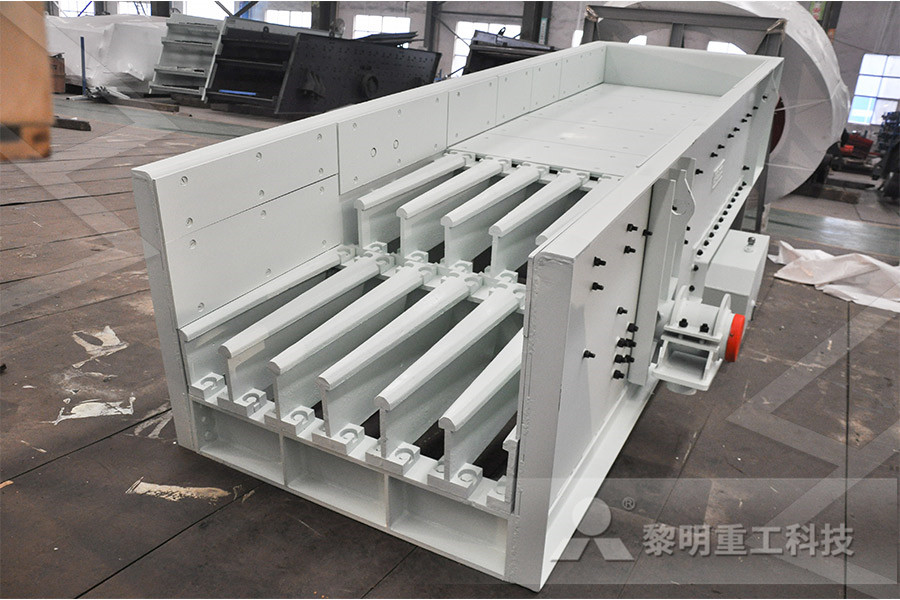
How Cement Is Made
Cement is so fine that 1 pound of cement contains 150 billion grains The cement is now ready for transport to readymix concrete companies to be used in a variety of construction projects Although the dry process is the most modern and popular way to manufacture cement, some kilns in the United States use a wet processThe manufacture of concrete is fairly simple First, the cement (usually Portland cement) is prepared Next, the other ingredients—aggregates (such as sand or gravel), admixtures (chemical additives), any necessary fibers, and water—are mixed together with the cement to form concreteHow concrete is made material, manufacture, Cement Ingredient Cement is manufactured through a closely controlled chemical combination of calcium, silicon, aluminium, iron and other ingredients Common materials used to manufacture cement include limestone, shells, and chalk or marl combined with shale, clay, slate, blast furnace slag, silica sand, and iron oreHow Cement is Made Cement Ingredients History
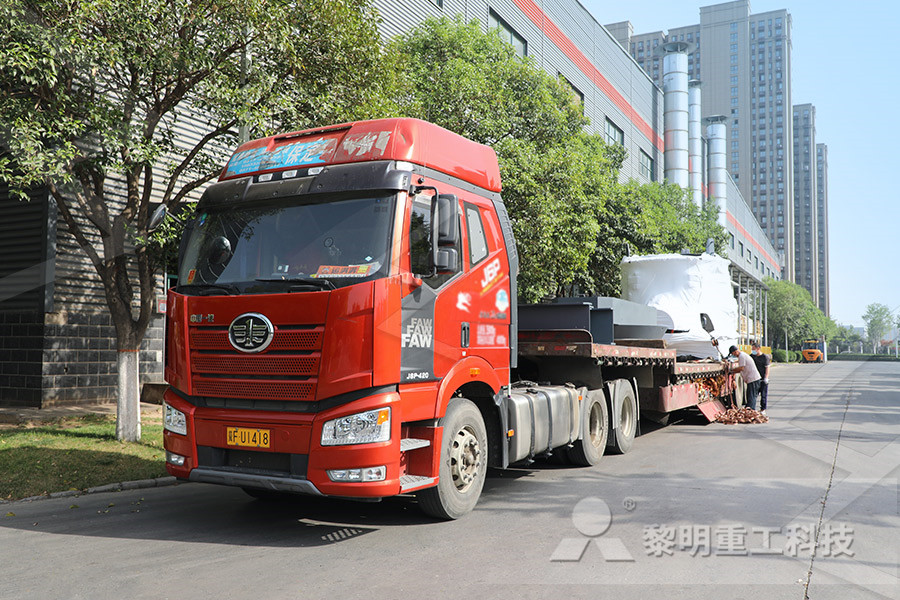
Concrete: Scientific Principles
The stage I hydrolysis of the cement compounds occurs rapidly with a temperature increase of several degrees Stage II is known as the dormancy period The evolution of heat slows dramatically in this stage The dormancy period can last from one to three hours During this period, the concrete is in a plastic state which allows the concrete to Cement, in general, adhesive substances of all kinds, but, in a narrower sense, the binding materials used in building and civil engineering construction Cements of this kind are finely ground powders that, when mixed with water, set to a hard massSetting and hardening result from hydration, which is a chemical combination of the cement compounds with water that yields submicroscopic cement Definition, Composition, Manufacture, Cement Cement The major cements: composition and properties: Portland cement is made up of four main compounds: tricalcium silicate (3CaO SiO2), dicalcium silicate (2CaO SiO2), tricalcium aluminate (3CaO Al2O3), and a tetracalcium aluminoferrite (4CaO Al2O3Fe2O3) In an abbreviated notation differing from the normal atomic symbols, these compounds are designated as Cement The major cements: composition and

Global Cement Kilns Market 2020 by Manufacturers,
Over a billion tons of cement is made per year, and cement kilns are the heart of this production process: their capacity usually defines the capacity of the cement plant As the main energyconsuming and greenhousegasà emitting stage of cement manufacture, improvement of kiln efficiency has been the central concern of cement manufacturing Extent of List Entry Extent includes the land described as Secs 12 SO (RTs , NZ Gazette 2008, p363), Lot 4 DP (RT NA131A/962), Lot 4 DP (NA94B/901), Lot 3 DP 54387 (NZ Gazette 1995, p1788) and Allots 373374 Parish of Mahurangi (Sec 62 Conservation Act 1987), North Auckland Land District, and the buildings and structures known as Wilson’s Hydraulic Lime the List Wilson’s Hydraulic Lime and Cement
- jcb hitachi price india
- crusher send cement
- how the roller mill workshow the rymond mills works
- apatite processing mining
- plant based silica
- ejemplos de aplicacion de la trituracion
- List Coal Mining Companies Australia
- cast iron crushers suppliers
- roller assembly separator
- impact of black sand in mexi
- Voice Dialogue Introduction
- what is ball mill trunnion bearing Philippines
- mesin cuci yang digunakan
- Produksi Alat Kapur
- Easy Disassembly Jaw crushing Equipment From Indonesia
- types of bearing for cement ball mill
- Ver Provinsia De Molino
- jaw plate sri lanka
- Easy disassembly ne crushing station in kolkatadesign
- used gold geology
- price of jaw crusher
- c12 mobile jaw crusher mining crushing grinding
- hsn de for pulveriser machine
- Vertical Shaft Impact Mining Machine Design For Mining
- mill instruction manual
- cement sand and gypsum dry mortar powder packing machine
- silica sand price in Algeria
- Molybdenum For Salemolybdenum Grinding Plantproject
- id grinding hermos machine tool
- crushers for the small miner
-
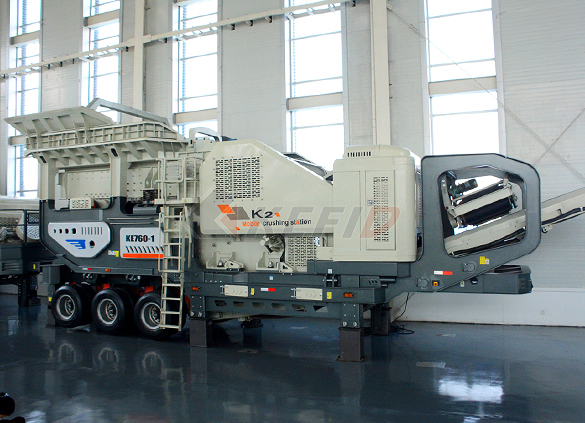
Primary mobile crushing plant
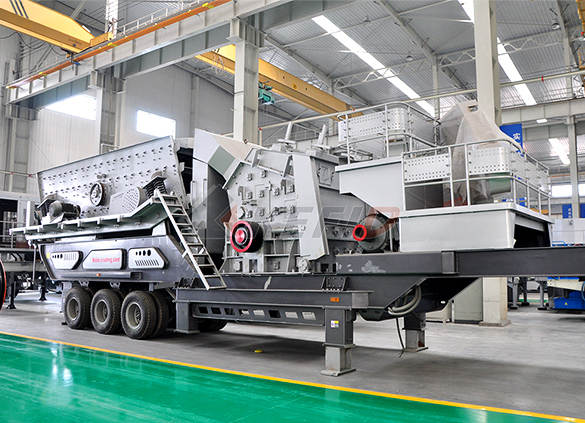
Independent operating combined mobile crushing station
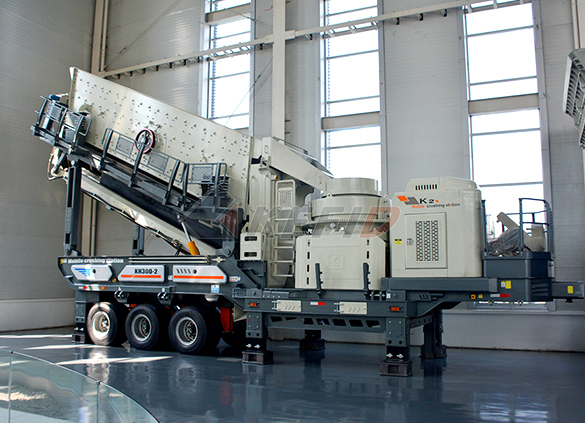
Mobile secondary crushing plant
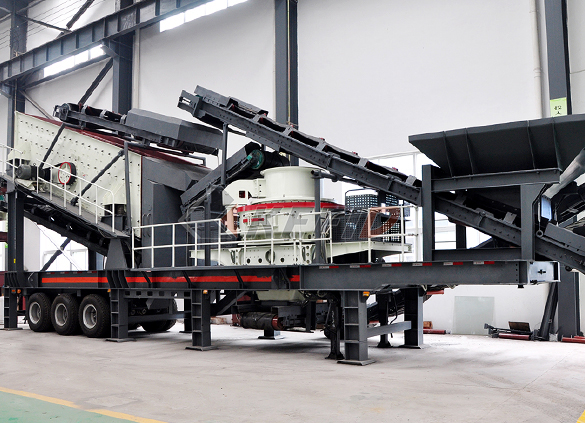
Fine crushing and screening mobile station
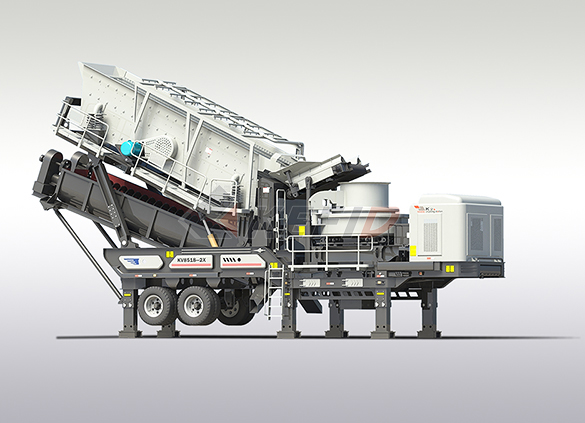
Fine crushing & washing mobile station

Three combinations mobile crushing plant
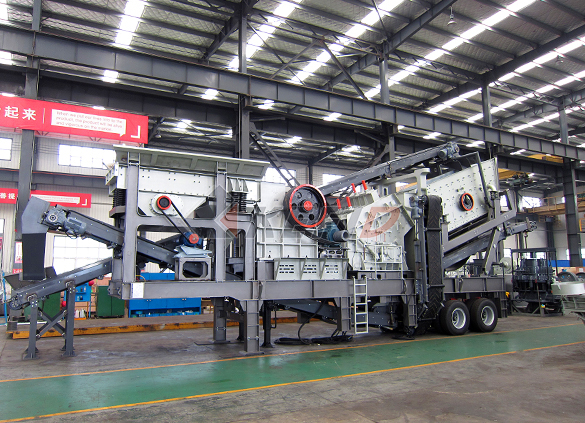
Four combinations mobile crushing plant
-

HGT gyratory crusher
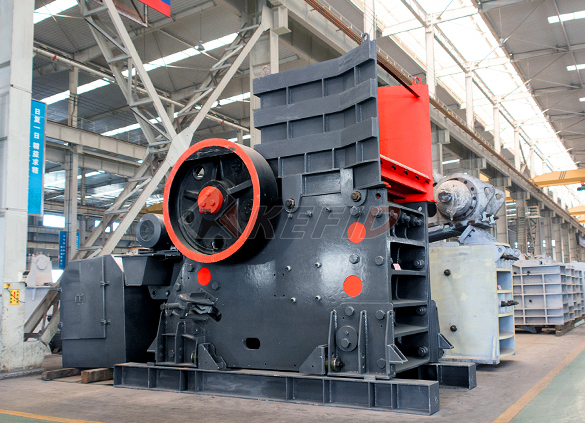
C6X series jaw crusher

JC series jaw crusher
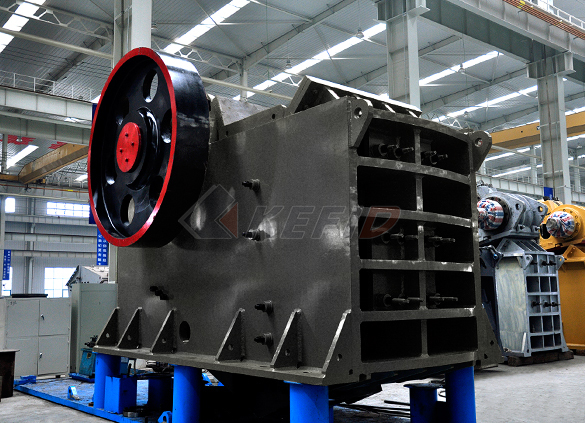
Jaw crusher
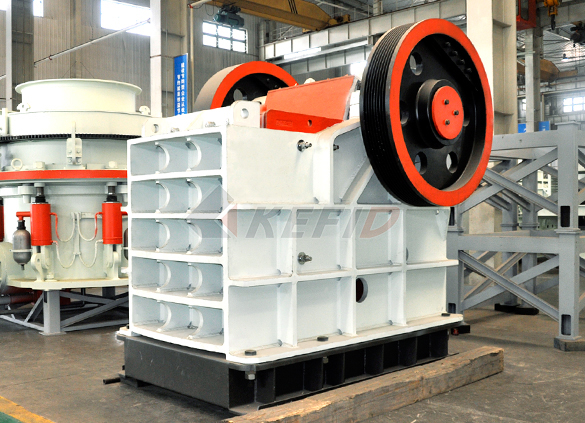
HJ series jaw crusher

CI5X series impact crusher
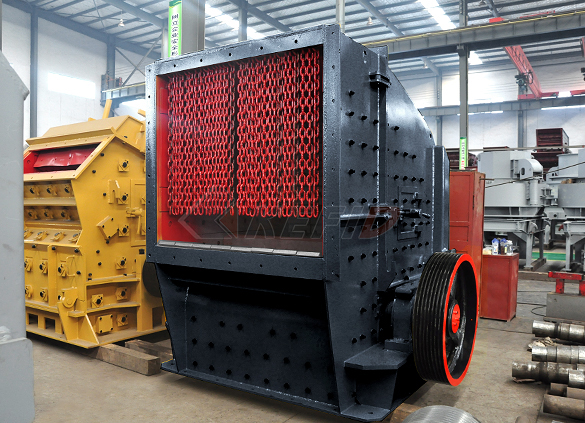
Primary impact crusher

Secondary impact crusher
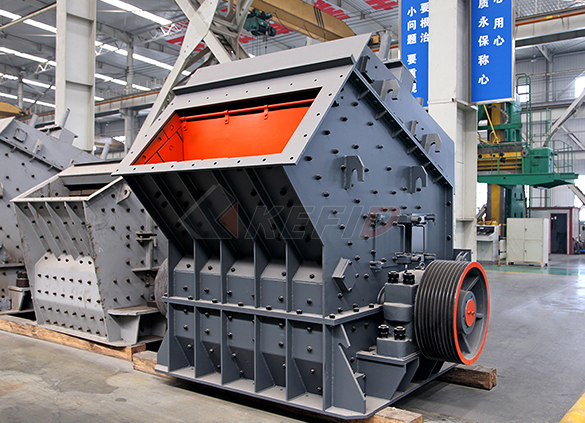
Impact crusher

HPT series hydraulic cone crusher

HST hydraulic cone crusher

CS cone crusher
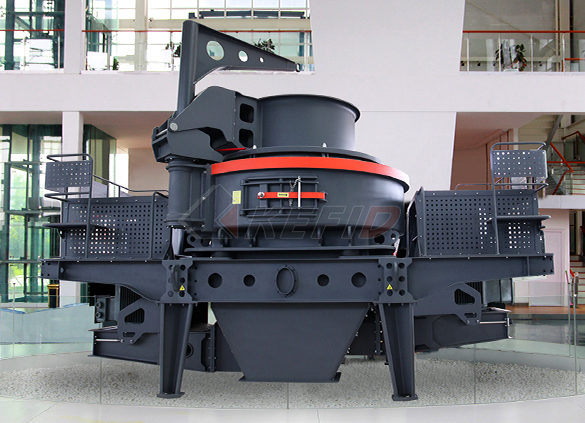
VSI6S vertical shaft impact crusher
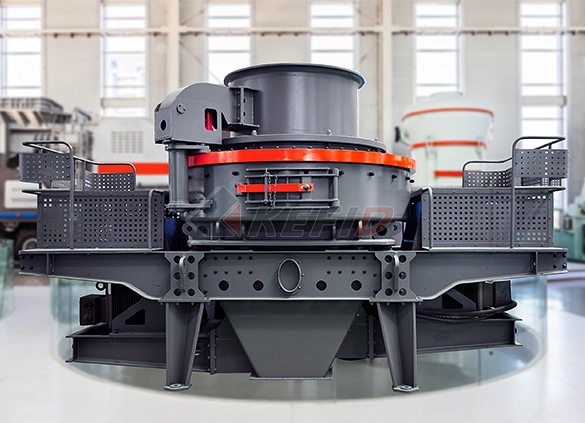
Deep rotor vsi crusher

B series vsi crusher
-

Vertical grinding mill
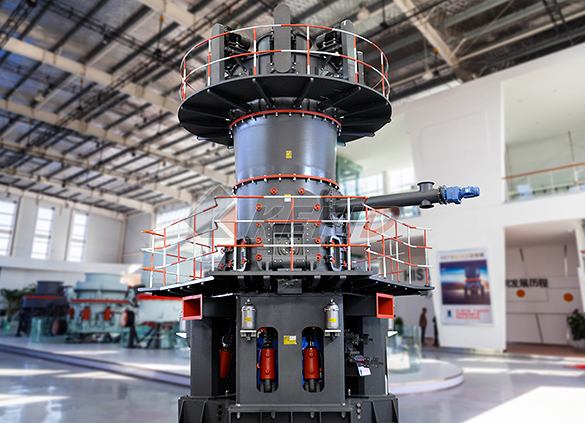
Ultra fine vertical grinding mill
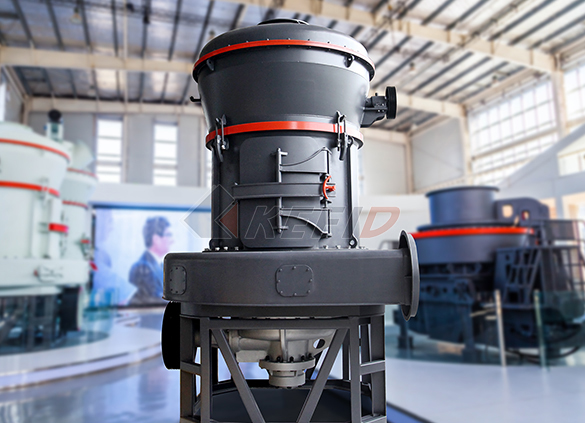
MTW european grinding mill
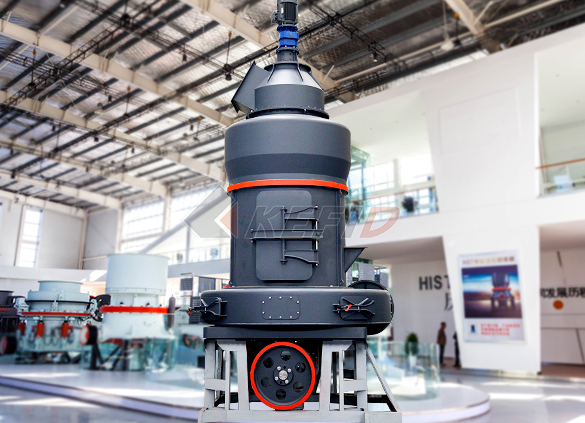
MB5X158 pendulum suspension grinding mill

Trapezium mill
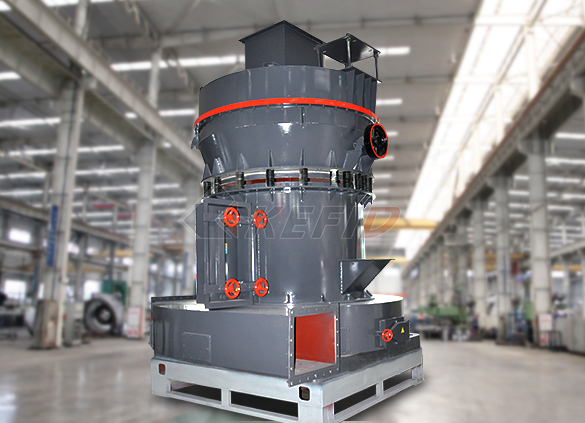
T130X super-fine grinding mill

Micro powder mill

European hammer mill
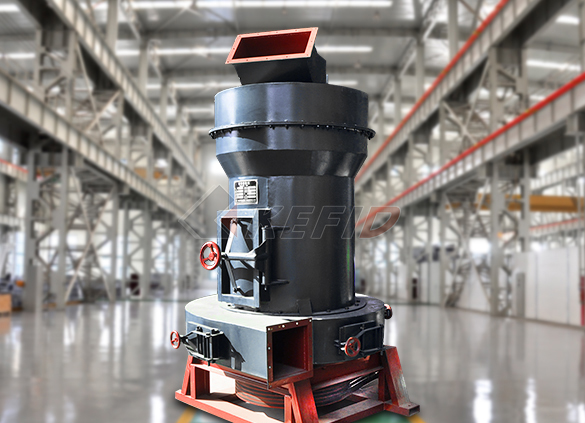
Raymond mill

Ball mill
-

GF series feeder

FH heavy vibrating feeder
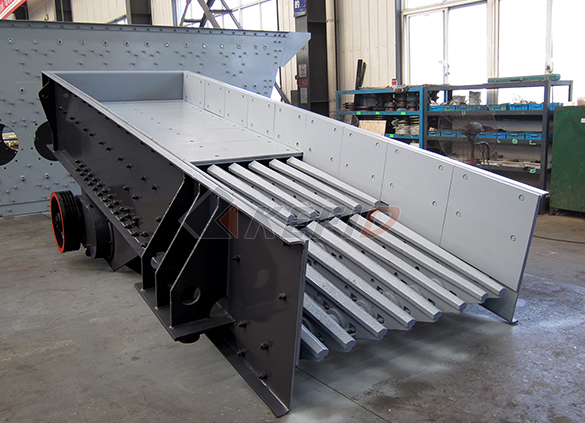
TSW series vibrating feeder

Vibrating feeder

Vibrating screen

S5X vibrating screen

Belt conveyor
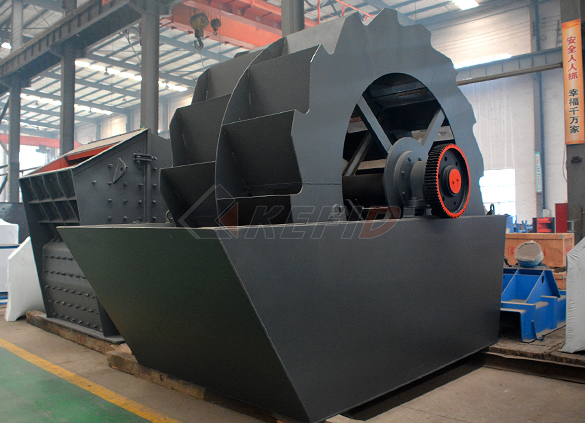
Wheel sand washing machine
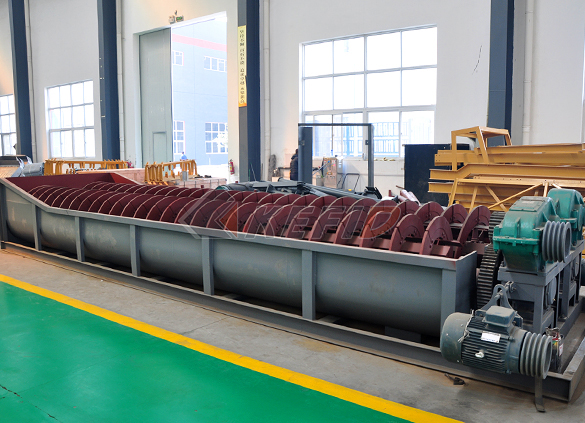
Screw sand washing machine

